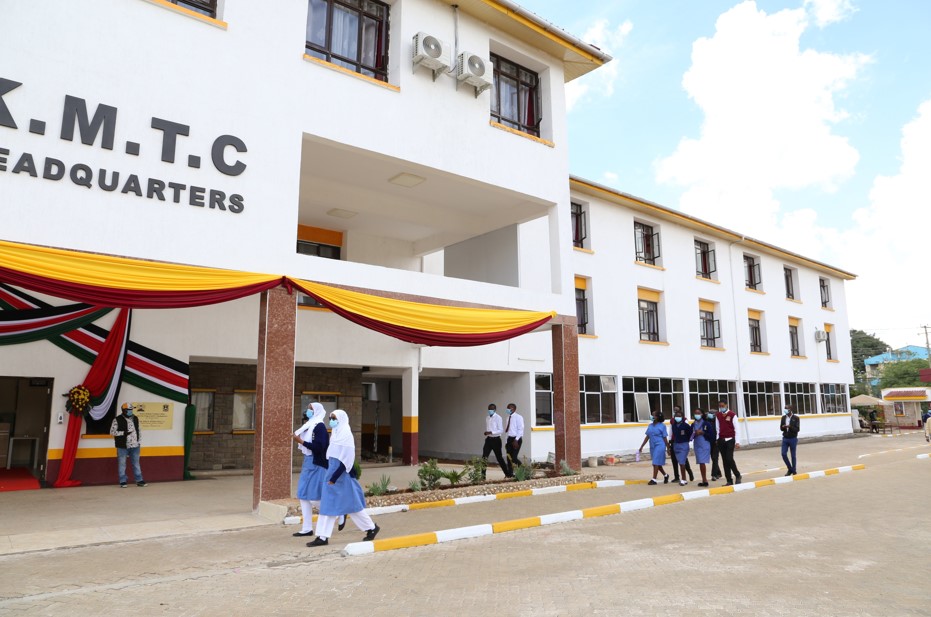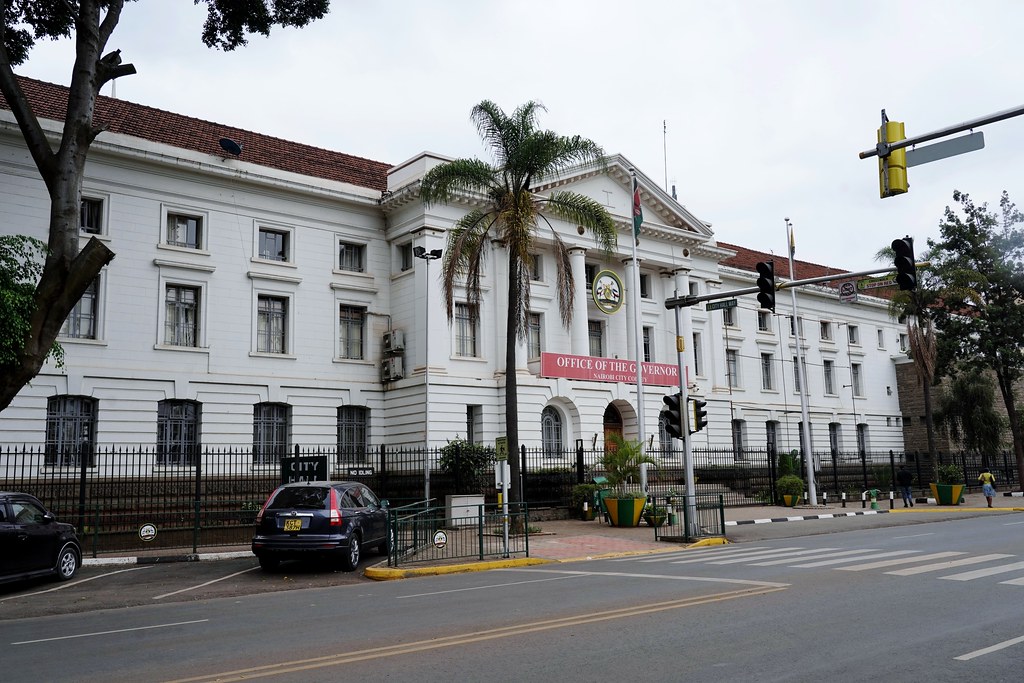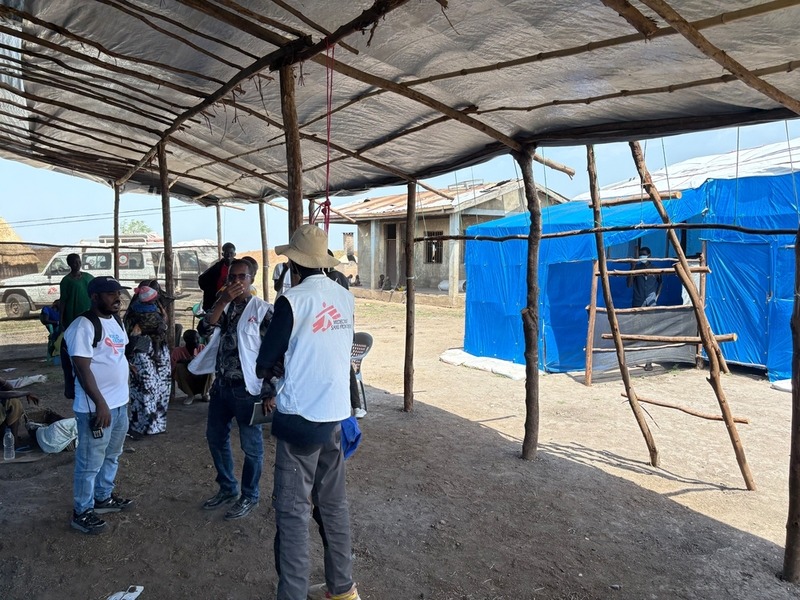Kala-azar death toll rises to 33 as new cases hit 1,041

While there is still much work to be done, Wajir Governor Ahmed Abdullahi said ongoing efforts are showing improvements to control the ongoing outbreak, with medical interventions showing positive results.
A total of 16 new Kala-azar cases have been reported in the last 24 hours in the North Eastern Counties, bringing the total number of infections to 1,041, with the death toll now at 33.
Health Principal Secretary Mary Muthoni has confirmed that a team from the Ministry of Health has been deployed to the affected areas to collaborate with the county government in managing the ongoing outbreak.
More To Read
- Wajir police nab suspect with AK-47 rifle in ongoing crackdown on illegal firearms
- Young people must lead HIV fight, says PS Ouma Oluga
- Kenya steps up border checks as Ethiopia confirms outbreak of Marburg Virus Disease
- Governors sound alarm as 934 newborns die amid funding row in health sector
- Counties decry handling of hospitals under SHA, accuse Health Ministry of overreach
- Ruto orders all hospitals to report every maternal and child death
“We still have Kala-azar in the North eastern counties, with Wajir leading, followed by Marsabit. Already, we have 1,041 cases, and just last night, we had 16 new cases discovered. We have already lost 33 lives, which is very sad,” Muthoni said.
She, however, noted that they have been able to enhance surveillance in Garissa County by sending assistance.
“We deployed three mobile labs in Wajir County and one to Marsabit County. Our support staff are on the ground, coordinating with the county government and public health staff. We have also sprayed households across the counties and received support from development partners, which has enabled us to supply drugs,” she said.
The disease, a neglected tropical illness, is prevalent in arid and semi-arid regions such as Wajir, Turkana, Baringo and Garissa. It is transmitted by infected sandflies carrying a parasite, which ranges from 1.5 to 3.5 millimetres in length.
While there is still much work to be done, Wajir Governor Ahmed Abdullahi said ongoing efforts are showing improvements to control the ongoing outbreak, with medical interventions showing positive results.
Ahmed reported that local hospitals are now discharging more patients than they are admitting, signaling progress in the battle against Kala-azar.
“This is a clear sign of progress in our efforts, and we continue to collaborate with national health officials to ensure that we manage this disease effectively. Since the outbreak began last September, over 1,000 people have been affected by Kala-azar in the county,” he said.
He lauded the establishment of a satellite blood bank, saying it has been critical in helping the county manage the disease.
Top Stories Today












































